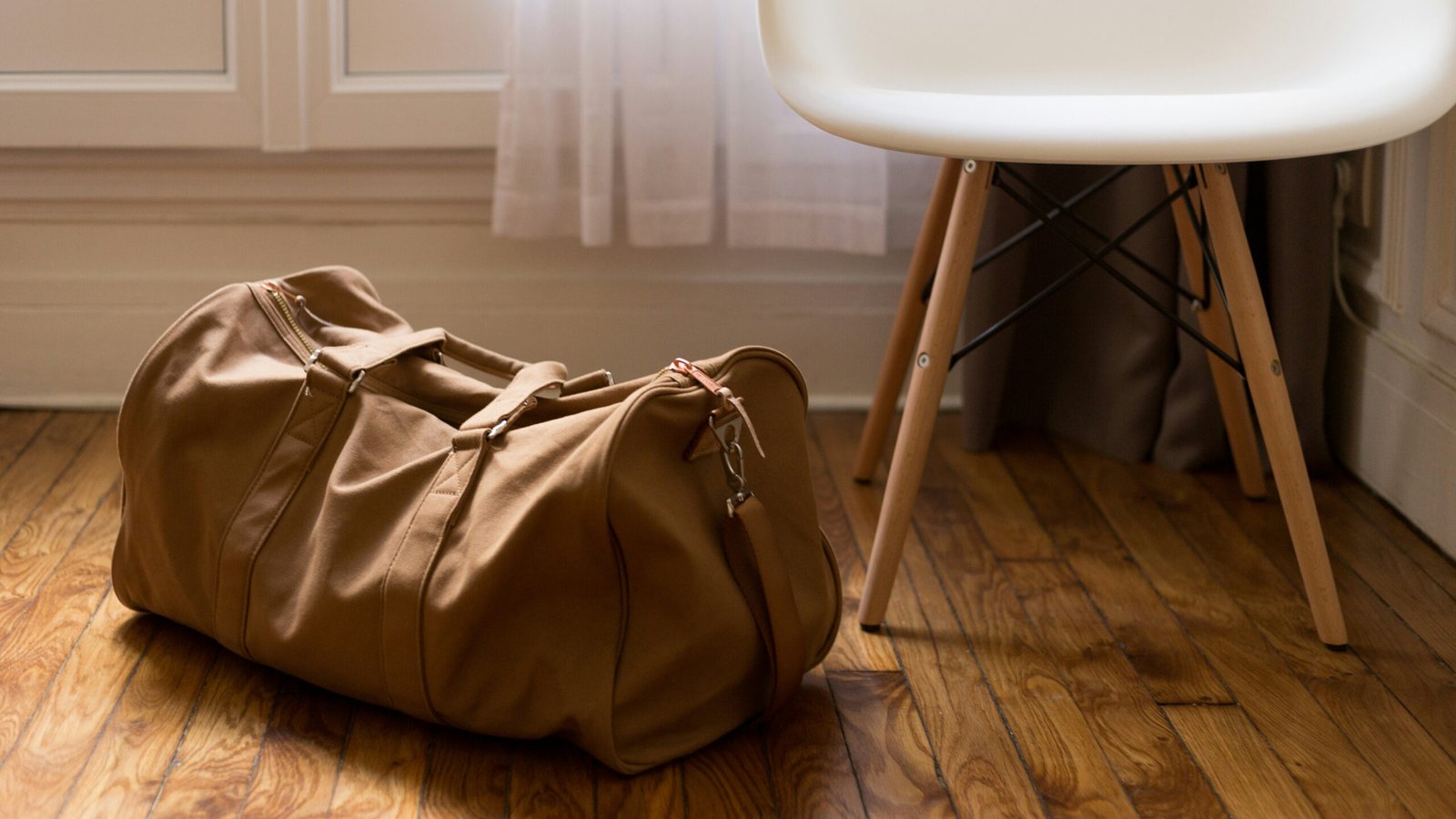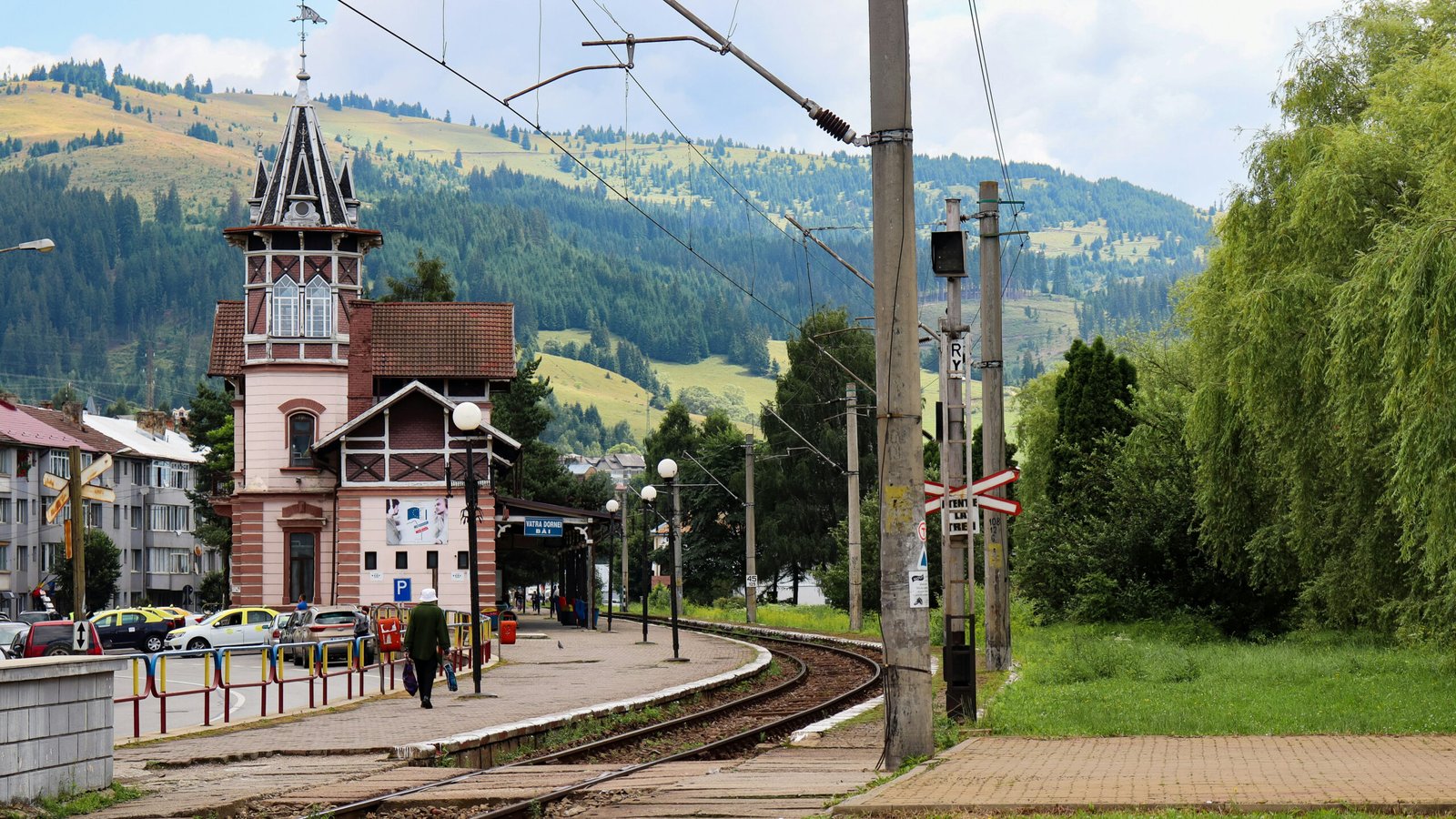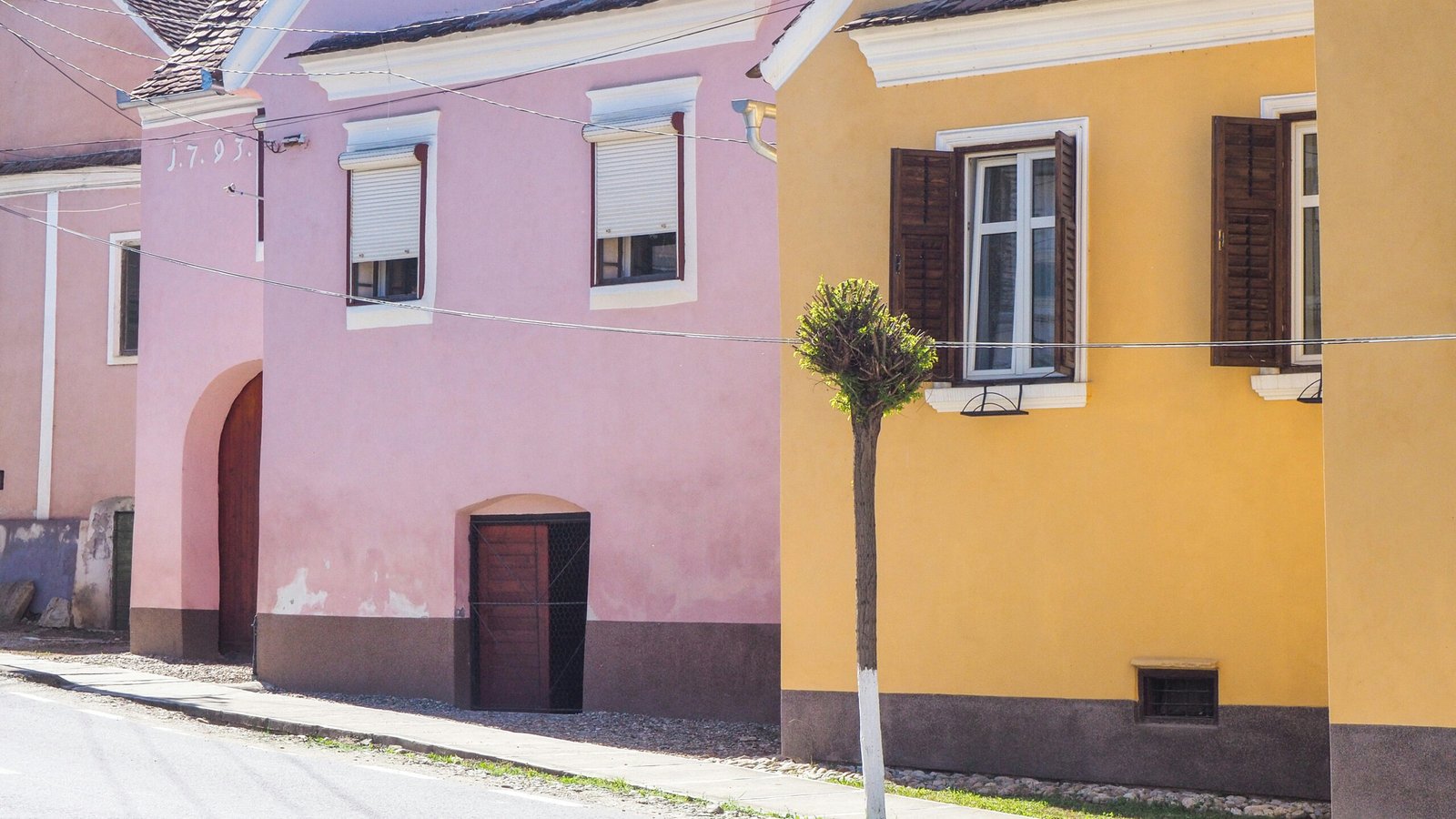
Why 3 Days in Bucharest Is the Perfect Start
If you only have a few days in Romania’s capital, a little structure goes a long way. There is a lot to see.
This Bucharest 3 day itinerary I put together is based on how I’d show the city to a friend visiting Bucharest for the first time, starting with the highlights, then leaving space for wandering and exploring some lesser known areas of the city at a relaxing pace.
Bucharest is a mix of big landmarks and smaller local moments, with time to sit in a park or get lost down a side street.
Three days isn’t everything, but it’s enough to feel the city’s rhythm and see why it leaves such a lasting impression.
Day 1 – Historic Heart and First Impressions
Start your first day in Bucharest by grounding yourself in its layered history.
Begin in the Old Town, where cobbled lanes wind past neoclassical façades, Orthodox churches, and tucked-away courtyards.
The Lipscani district is the city’s historic core.
You’ll find the 18th-century Stavropoleos Church, built in the Brâncovenesc style with stone columns and wood-carved details.
Next, I would suggest stopping for coffee nearby before heading to the National History Museum, housed in the former Postal Palace.

Afternoon at the Palace and a Grand Avenue Stroll
In the afternoon, I would suggest that you make your way to the Palace of Parliament.
It’s the world’s heaviest building, a colossal legacy of Romania’s communist era, and second largest administrative building in the world, behind the Pentagon in the US. Tours run throughout the day, but booking in advance is wise.
After your visit, a walk along Bulevardul Unirii.
Modeled after Paris’s Champs-Élysées, but intentionally slightly longer and wider, it reveals Bucharest’s bold contrasts with rigid Communist apartment blocks alongside hidden gardens and Belle Époque corners.
Dinner in the Old Town
Evenings in Bucharest are lively but unrushed.
One of the best restaurants for traditional Romanian food in the Old town is Caru’ cu Bere, which is one of the city’s oldest.
Expect wood-paneled interiors, traditional Romanian dishes like sarmale (sărmăluțe – cabbage rolls filled with meat and rice), and often live music and dancing.
If you’re curious about nightlife, nearby streets offer wine bars, craft beer spots, and low-lit terraces tucked behind iron gates.
Day 2 – Parks, Culture, and Local Flavor
Day two balances green space and cultural landmarks.
Start with breakfast in the Dorobanți neighborhood, a personal favorite of mine because of its rich architecture and tree lined boulevards, then head toward the city’s north end for a slower pace.

Morning at Herăstrău and the Village Museum
Herăstrău Park (now officially King Michael I Park) surrounds a large lake and feels worlds away from the city center.
You can rent a boat, walk the shady paths, or grab a coffee along the promenade.
Inside the park is the Village Museum, an open-air collection of traditional homes, barns, and churches from across Romania.
It’s an excellent place to understand how rural life has shaped national identity, and is one of the best ways to get a true immersive impression of the rest of Romania all in a single place.
Afternoon at the Romanian Athenaeum and Surroundings
In the afternoon, I would recommend that you return south for a visit to the Romanian Athenaeum, a domed concert hall built in 1888.
If time allows, catch a rehearsal or daytime performance of at least, sneak a short visit into the foyer to admire the double staircases that flank the building’s grand entrance. Even a short visit inside is worth it for the ornate frescoes, architecture, and acoustics.
Nearby, the Revolution Square area offers deeper context into the 1989 uprising that ended communism.
Look for the Memorial of Rebirth and the former Communist Party headquarters that are.
Taste of Bucharest at Night
Dinner options tonight could include local bistros like Zexe or Lacrimi și Sfinți, where menus highlight traditional recipes with modern touches.
If you’re up for more walking, stroll through Cotroceni, a leafy residential quarter filled with old villas and quiet cafés, directly behind the Palace of Parliament.

Day 3 – Markets, Museums, and Exploration
If you’re anything like me, you will likely want to return to some of the areas you have already seen to explore a little more and get a better feel for the area.
Your final day lets you choose your own rhythm.
I would highly recommend that you start at Obor Market, one of the largest markets in the country.
It’s loud, colorful, and filled with vendors selling everything from seasonal fruit to homemade cheeses.
For a snack, I would suggest you visit Terasa Obor for mici, one of the most famous stops in the city for this Romanian snack.
Midday at Your Own Pace
Use this part of the day to lean into personal interests.
Art lovers might head to the National Museum of Art, housed in the former royal palace.
Those curious about architecture could explore areas like Armenian Quarter or Icoanei, where interwar buildings still stand intact.
If you’re interested in traditional and peasant life like me, a stop at the National Museum of the Romanian Peasant is a top pick, where you will see traditional art, fabrics, and rotating exhibits.
Prefer a relaxed pace? Stop at a teahouse or visit Cărturești Carusel in Old Town, a dreamy bookstore with spiral staircases and reading nooks. Although it’s in the Old Town which can be a little busy and hectic, it feels miles away from the buzz.
If you want to truly relax, Cărturești Verona, a short walk away, is a perfect fit, and offers the same relaxed bookstore vibe in a quieter area of town.

Final Dinner and Reflection
End your visit with a final dinner that suits your style.
Whether it’s a hidden wine cellar or a garden restaurant in Floreasca.
Let the city slow you down as you reflect on how much you’ve seen in just three days.
Is 3 Days Enough in Bucharest?
For most visitors, three days strikes a perfect balance.
You can explore key landmarks, enjoy quiet moments in parks, and still find time for unexpected discoveries.
That said, Bucharest is a city that opens slowly.
With more time, you’d uncover neighborhood layers and smaller stories. But even in a short stay, it leaves an impression.
One of contrast, resilience, and a city still in motion and coming to terms with its history.
Practical Tips for Your Bucharest Itinerary
Wear comfortable shoes as sidewalks and cobblestone streets can be uneven, especially in the Old Town.
Public transport is affordable and efficient, with trams, buses, and metro lines connecting most neighborhoods.
Many locals speak English, especially younger generations, but a few Romanian phrases go a long way.
Try “mulțumesc” for thank you and “bună” for hello.
If you’re visiting in summer, stay hydrated and consider indoor sites during midday heat as temperatures in the summer months can be above 35 degrees Celsius (95 degrees Fahrenheit).
In winter, bring layers as it can dip below freezing but the city rarely shuts down.

How Many Days in Bucharest? Final Thoughts
Whether you’re arriving on a long layover or planning a dedicated city break, Bucharest rewards a thoughtful pace.
Three days is enough to feel the city’s rhythm, from historic courtyards to modern cafés, but is definitely worth a second, or third visit, as there is so much to see in Bucharest, and around the city’s periphery.
It’s not always polished, but it’s always genuine, offering moments that stick with you long after you’ve left.









Leave a Reply